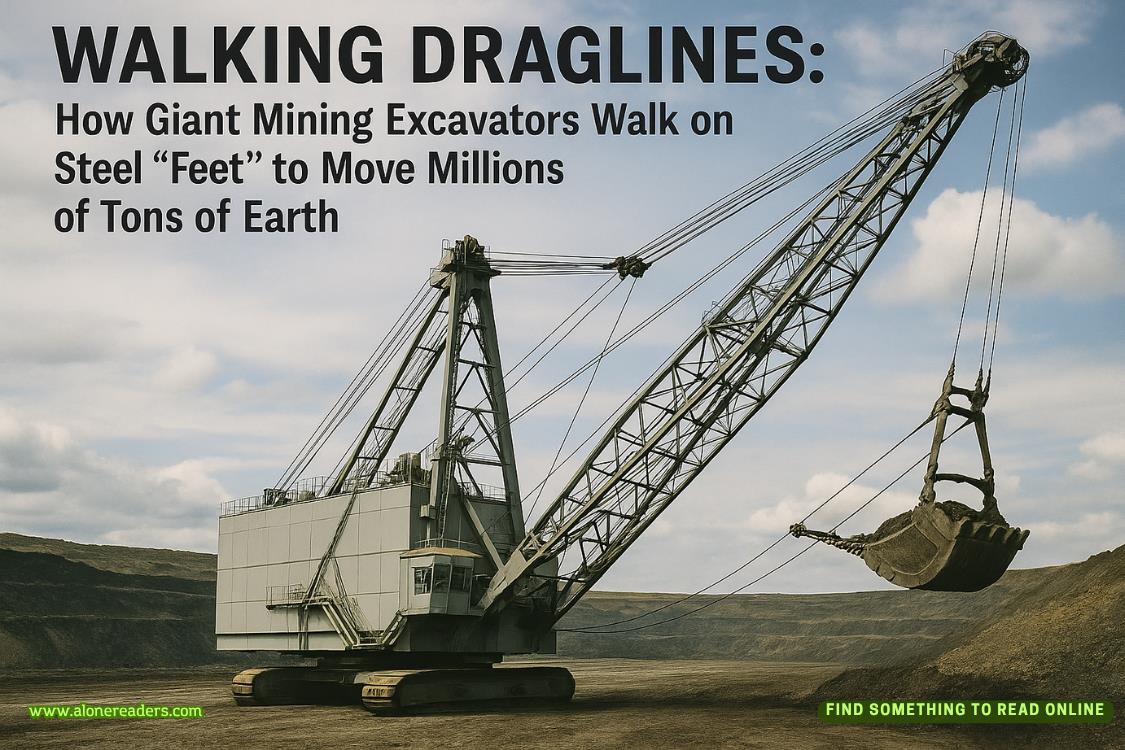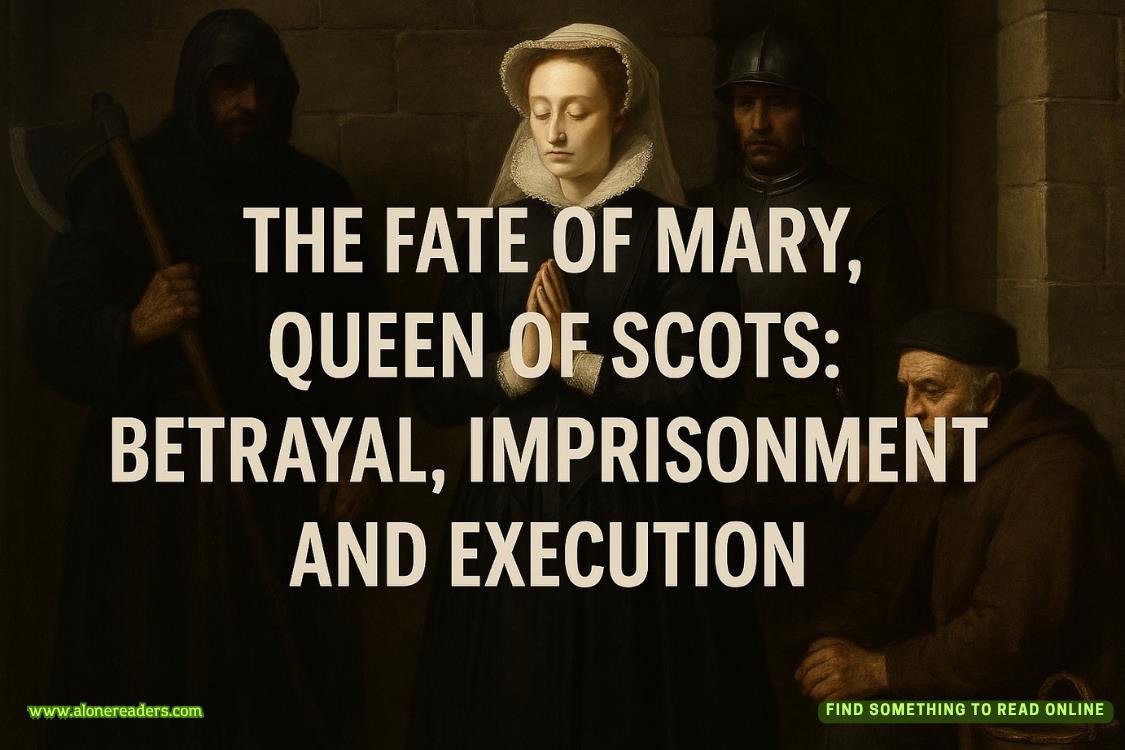Page 13 of The First Gentleman
“The required spending to preserve the economy and get people through COVID on top of big tax cuts has increased the national debt to ninety-eight percent of the national income. It is projected to reach one hundred and thirteen percent in ten years. Without prompt action, the government will be paying so much interest on the debt, there’ll be little left for anything else.
“Madam President, the latest quantum computers at MIT’s Sloan School are producing numbers that disprove our long-held assumptions about how much time we have to make tough national-finance decisions. We don’t have years. We might not even have months. We’re going under, and quickly.”
It was a wake-up call.
The dire warning prompted Maddy to begin work on legislation that same afternoon. She called on experts and out-of-the-box thinkers to come up with proposals, and eventually they hammered out a plan that saved entitlements, reduced the debt, and might get through Congress.
Though there have been rumors in Washington of something big afoot, none of the details have been leaked, because only the president and her most trusted advisers have copies of the final plan. The members of Congress have been shown only an outline, but the document contained enough key details to convince them not to discuss it.
Once the plan was developed, the real hard work began for Maddy. First, she had to secure pledges from leaders in the Senate and House that they wouldn’t derail her efforts. Then came the long behind-the-scenes battle to line up the necessary votes to get it passed without amendments, lengthy floor speeches, or blockades from various lobbying groups. As soon as it was passed and signed, they could offer ideas to amend it, understanding that Maddy would almost certainly veto those.
So far, they were inching forward on something no one would have thought possible in this era of extreme partisanship.
This,Maddy thinks,is our last chance to turn lemons into lemonade. If we don’t, we’ll all be sucking lemons.
Burton Pearce has been with her through every challenging step. Her chief of staff enters the Oval Office now and takes a seat across from her.
“Well?” Maddy says, her fatigue and impatience showing.
“Here’s some unexpected good news,” Pearce says. “Put Congressman Monroe from Florida’s Twenty-Sixth in the yes column.”
“I thought he was a bitter-ender,” says Maddy.
“He was,” says Pearce, “but I dug deep.”
Maddy stretches her arms above her head and yawns. “Where’s Cole?”
“He’s taking a jog on the Mall.”
CHAPTER
10
National Mall
Cole Wright unfastens his seat belt before the Secret Service Suburban comes to a halt on the National Mall in the center of Washington.
On the hard-packed gravel lanes, DC bureaucrats are heading home after long hours at work, and tourists of all nationalities are gawking at the capital’s impressive collection of stone and marble monuments to this magnificent country’s lofty dreams of democracy. Most of those dreams are routinely dashed, of course—despite the efforts of the present administration.
Cole steps out with his Secret Service detail and leads them in some quick stretches. Then they start running east at a medium jog. A young female agent falls in beside him, matching his pace, her ponytail flipping from side to side. Her name is Leanne Keil and this is her regular assignment, so Cole has made it a point to remember not only her name but her impressive achievements on the NC State track team. There’s no chance of his speeding away from an athlete who ran the two-hundred in twenty-one seconds.
As they pass Constitution Gardens, the illuminated obelisk of the Washington Monument looms into view on the right. Behind them, the Suburban is already merging back into traffic on Constitution Avenue to join the other armored vehicles circling the Mall for his protection.
Cole looks like your average middle-aged guy out running with his daughter or his personal trainer, but it’s all choreographed. No one sees the carefully positioned special agents among the pedestrians on the Mall and the sniper teams on the roof of the Smithsonian National Museum of African Art and the National Gallery. Four miles away, at Reagan National Airport, a pair of helicopters—one carrying trauma doctors and nurses, the other filled with heavily armed members of the Secret Service counterassault team—are poised and ready to take off and fly to the Mall.
In the very first days of Maddy’s term, Cole had pushed back hard about Secret Service protocols around his evening exercise. “I can walk to the Mall and back in thirty minutes!” he argued, adding that Harry Truman took daily walks outside the White House.
No way, the Secret Service supervisor, mindful of cell phones, tracking software, and terrorists, had told him. Too open, too vulnerable, no quick means of escape. “Sir, you can run any route you want—with our transport and protection.”
Now Cole picks up the pace. Despite the January chill, he’s starting to sweat a little under his blue windbreaker, and it feels good.
Here and there, people point and whisper. Others hold up their cell phones. Cole nods if somebody waves to him, but he never draws attention by waving back.
As he runs, Cole brushes a round embroidered patch on the front of his windbreaker. It has the seal of the United States with six stars, and the lettering around it readsPRESIDENT’S COUNCILON PHYSICAL FITNESS. It’s vintage, more than sixty years old, from the JFK era.
In the early days of Maddy’s presidency, Cole had struggled to identify his role. He’d spent hours with Burton Pearce, his onetime college housemate and now the president’s chief of staff, trying to determine where he should put his focus.
Cole was clear on one point. “Burton, I want a job.”















